one last for you....keep in mind when was written the Emerald Tablet
-------------from: http://www.energeticforum.com/renewa...er-coil-5.html
Vortical flow structure identification and flow transport in arteries

http://www2.imperial.ac.uk/ssherw/sp...oShFrPe-02.pdf
La Nature, 1899 (HM 9 )
)
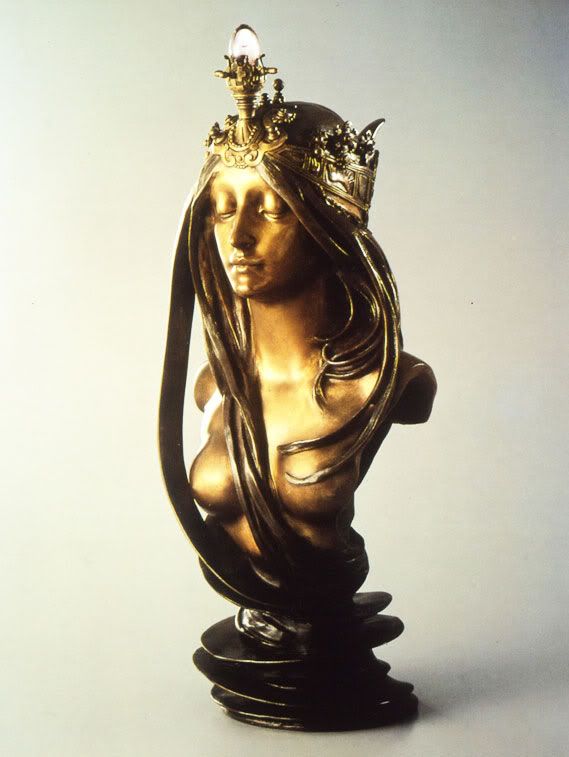




In the physical are these channels,
the blood which moves in vortical motion,
reacting on the heart to continue its beating.
Magnetism which moves through the nerve paths,
carrier of energies to all cells and tissues.
Akasa which flows through channels,
subtle yet physical, completing the channels.
the blood which moves in vortical motion,
reacting on the heart to continue its beating.
Magnetism which moves through the nerve paths,
carrier of energies to all cells and tissues.
Akasa which flows through channels,
subtle yet physical, completing the channels.
-------------from: http://www.energeticforum.com/renewa...er-coil-5.html
Vortical flow structure identification and flow transport in arteries
1. Introduction
Our interest in vortices arises for two reasons. Firstly, at moderate to large Reynolds
numbers (at least 100) which characterise flow in larger arteries, vortices are quite
persistent. The presence of vortices in a flow may exert a strong influence on its behaviour, although tracking vortices may be difficult as they can evolve rapidly. The effects of vortices or vortical structures are particularly evident when considering both flow stability, and the processes of mixing and transport by the flow. The object of this paper is to examine the dynamics both of vortex motion and of particle transport in arteries, and to relate these to parameters such as geometry and unsteadiness. The Lagrangian particle tracking and the vortex dynamic techniques which are described should help in understanding arterial fluid dynamics and suggest new approaches to modelling.
Our interest in vortices arises for two reasons. Firstly, at moderate to large Reynolds
numbers (at least 100) which characterise flow in larger arteries, vortices are quite
persistent. The presence of vortices in a flow may exert a strong influence on its behaviour, although tracking vortices may be difficult as they can evolve rapidly. The effects of vortices or vortical structures are particularly evident when considering both flow stability, and the processes of mixing and transport by the flow. The object of this paper is to examine the dynamics both of vortex motion and of particle transport in arteries, and to relate these to parameters such as geometry and unsteadiness. The Lagrangian particle tracking and the vortex dynamic techniques which are described should help in understanding arterial fluid dynamics and suggest new approaches to modelling.

http://www2.imperial.ac.uk/ssherw/sp...oShFrPe-02.pdf
La Nature, 1899 (HM 9
 )
) 






 ...
... 




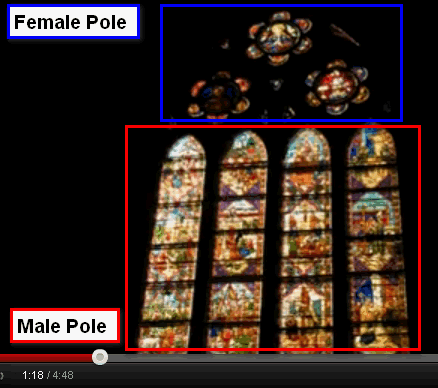
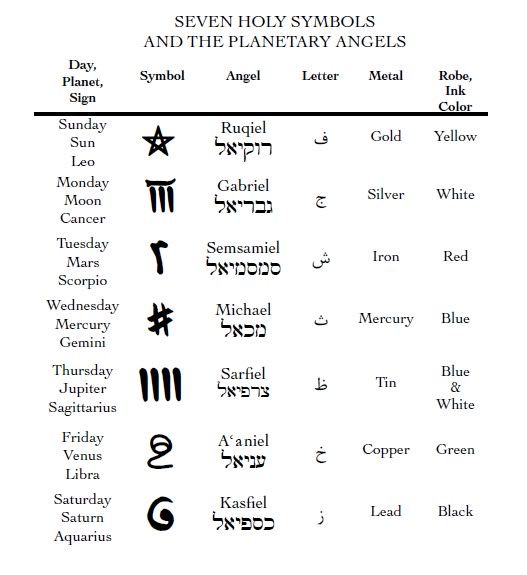


 ...and
...and 
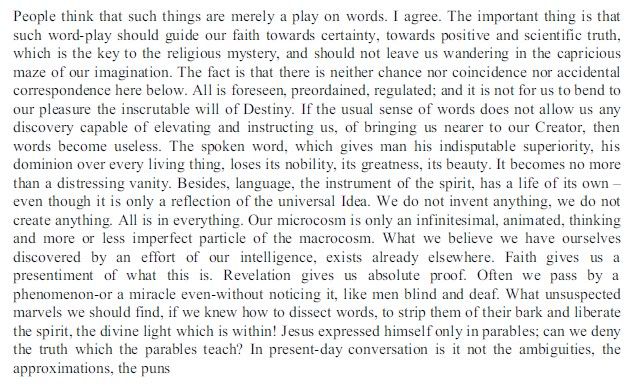






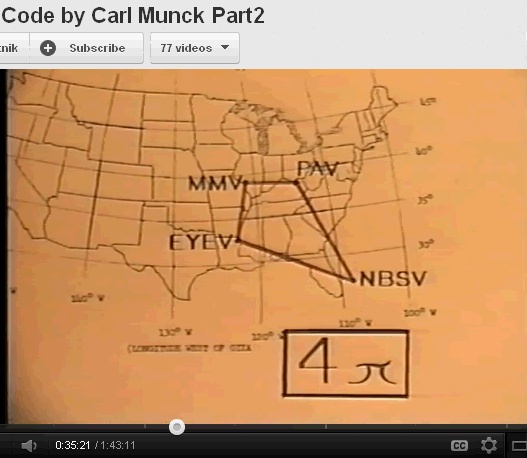
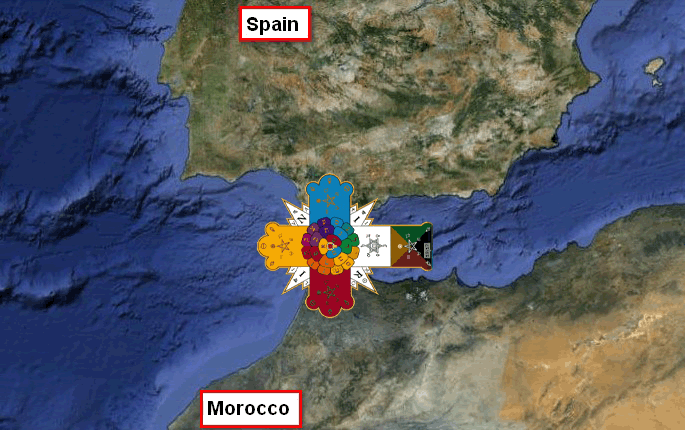




 [/IMG]
[/IMG]





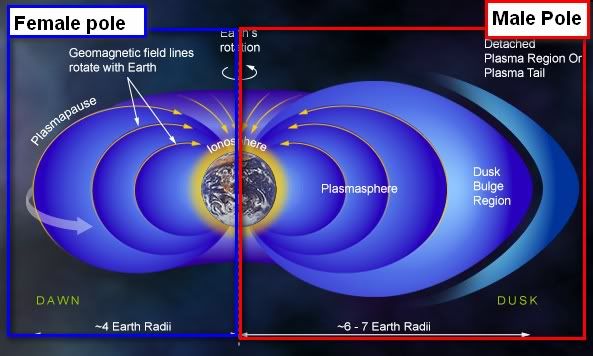



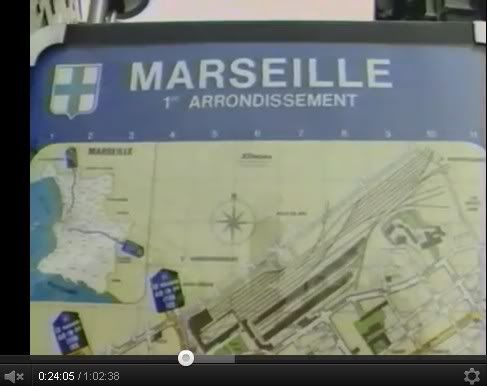
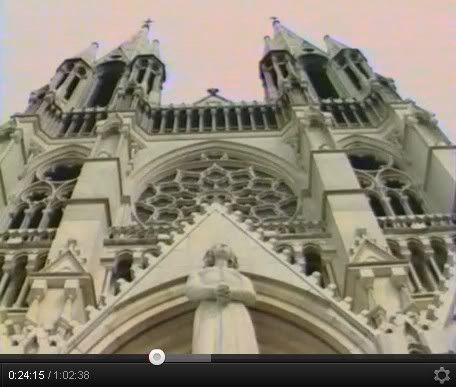
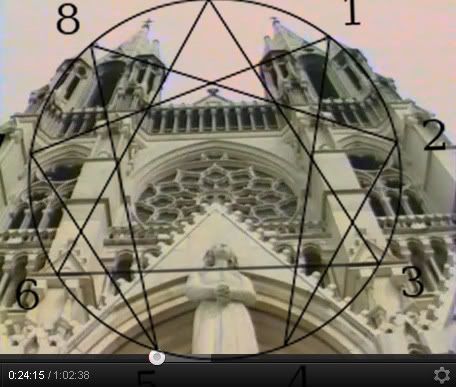

Comment